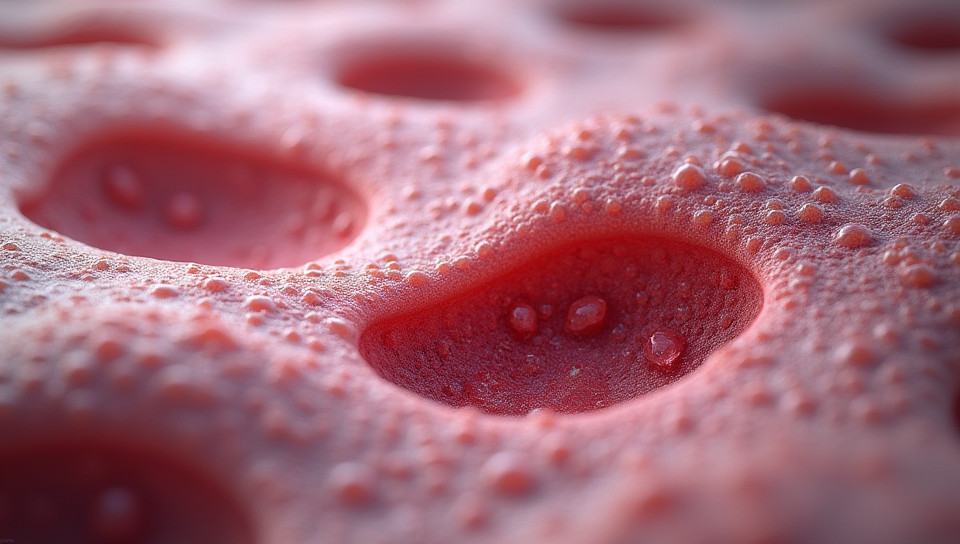Tissue repair is facilitated by bioengineered scaffolds 85%

The Future of Tissue Repair: How Bioengineered Scaffolds are Revolutionizing Medicine
Imagine being able to repair damaged tissues and organs without the need for invasive surgery or prolonged recovery times. This may seem like science fiction, but it's a reality that is becoming increasingly possible thanks to bioengineered scaffolds.
The Problem of Tissue Repair
Tissue damage can occur due to injury, disease, or congenital conditions, leading to significant morbidity and mortality. Current treatments often rely on autologous transplantation (using the patient's own cells) or allogenic transplantation (using donor cells), which can be limited by availability and compatibility issues. Moreover, these methods often fail to restore tissue function and structure, resulting in chronic disability.
The Solution: Bioengineered Scaffolds
Bioengineered scaffolds are three-dimensional frameworks that provide a physical support for cell growth and tissue formation. These scaffolds can be designed to mimic the natural extracellular matrix (ECM) of tissues, providing a conducive environment for cellular attachment, proliferation, and differentiation.
Properties of Ideal Bioengineered Scaffolds
- Biocompatibility: The scaffold must not induce an adverse immune response or cytotoxicity
- Biodegradability: The scaffold should be able to break down naturally as tissue regenerates
- Pore size and distribution: The scaffold's structure should allow for proper cell seeding, migration, and vascularization
- Mechanical properties: The scaffold should provide sufficient mechanical strength to support tissue growth and function
Applications of Bioengineered Scaffolds
Bioengineered scaffolds have shown promise in a range of medical applications, including:
- Cardiac repair: Engineered scaffolds can be used to regenerate heart tissue following myocardial infarction
- Orthopedic repair: Scaffolds can be designed to promote bone and cartilage growth in damaged joints
- Skin repair: Bioengineered scaffolds can facilitate wound healing and skin regeneration
Conclusion
Bioengineered scaffolds represent a significant advancement in the field of tissue repair. By providing a supportive framework for cellular growth and tissue formation, these scaffolds have the potential to revolutionize medical treatment options. With continued research and development, we can expect to see even more innovative applications of bioengineered scaffolds in the years to come, ultimately leading to improved patient outcomes and enhanced quality of life.
- Created by: Alessandro Barone
- Created at: Feb. 4, 2025, 4:34 p.m.
- ID: 20073









